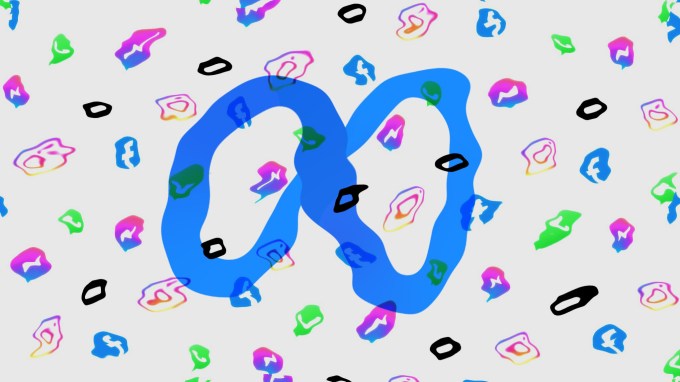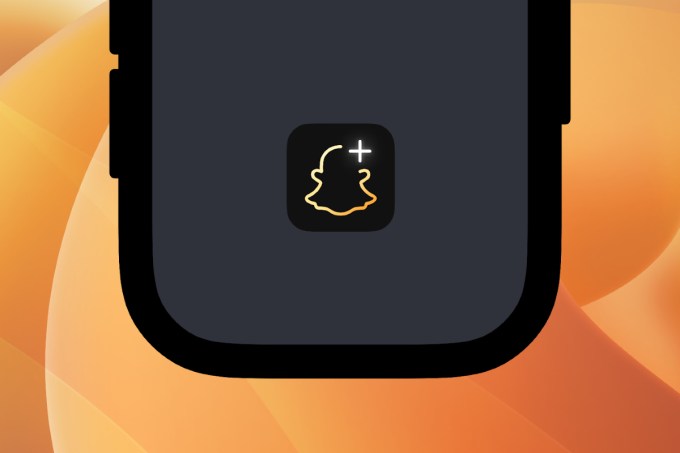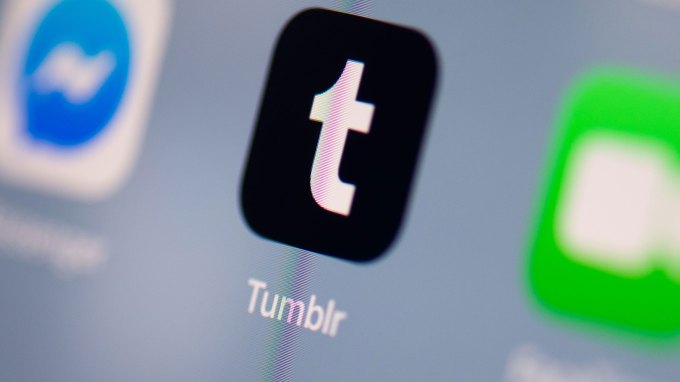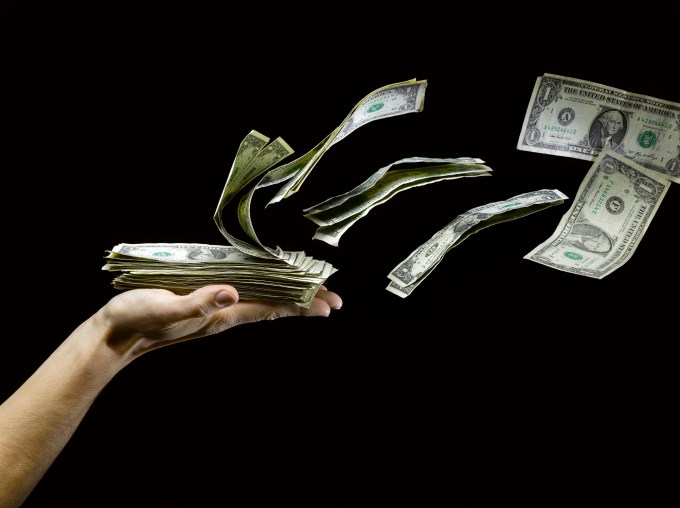Tuesday, 28 February 2023
Here’s how every social media company is trying to adopt subscriptions
by Berkeley Lovelace
For the longest time, social media companies have rallied on the fact that their service is “free” to use. All these companies banked on showing ads and getting some user data in return to let them use social networks without any charge. Now with declining revenues and tough global economic conditions, social networks are resorting to offering subscriptions in one way or another. These paid plans can get unlock features ranging from vanity checkmarks to exclusive stickers to increase in reach and more.
Twitter Blue
Image Credits: TechCrunch
Twitter first introduced its paid subscription in June 2021 in Canada and Australia later expanding it to the US and New Zealand. After Elon Musk took over the company, he hiked the price of the subscription to $7.99 per month and relaunch the plan with features like a Blue verification mark and priority in replies.
The social network’s first relaunch attempt in November was shortlived as many profiles started to impersonate brands and athletes. After putting in safeguards to prevent that — though those measures have also failed at times — Twitter finally launched the new version of Blue in December. Despite that, things are not going great for the subscription service. According to a report from The Information, there are roughly 180,000 paid accounts in the US and 290,000 paid accounts worldwide.
- Price: $8 per month (web); $11 per month (iOS, Android)
- Features: Blue verification mark; edit tweet functionality; NFT profile pictures; priority ranking in conversations; bookmark folders; 60-minute long video uploads; ability to write 4,000-character long tweets; fewer ads; and custom app icons and themes. You can look at the full feature set here.
- Availability: 15 countries
Meta Verified

Image Credits: TechCrunch
Following Twitter’s footsteps, Mark Zuckerberg also announced a premium program for Facebook and Instagram this week. In the beginning, the plan called “Meta Verified” will be available to users based in Australia and New Zealand with plans for expansion in the coming months. Just like Twitter Blue, this new plan will get users a Blue tick, but the company is not taking away any legacy verifications of notable profiles.
- Price: $11.99 per month (web); $14.99 per month (iOS, Android)
- Features: A Blue verification badge; extra protection from impersonation like proactive account monitoring; access to customer support; increased visibility in comments and recommendations; and exclusive stickers
- Availability: Australia and New Zealand
Snapchat+

Image Credits: Snap
Snapchat launched Snapchat+ last June in the U.S., Canada, the U.K., France, Germany, Australia, New Zealand, and the United Arab Emirates. In the time since its launch, the service has gained more features and expanded to more countries. Last month, Snap said now it has more than 2 million paid subscribers.
- Price: $3.99 per month
- Features: Ability to pin someone as their No. 1 friend; priority in replies to Snap Star, the company’s program for popular creators; and the ability to see “the general direction of travel for where friends have moved recently” if they have turned on location sharing; custom app icons, wallpapers, and notification sounds; rewatch story count; and story expiration controls. You can look at the full feature set here.
- Availability: More than 20 countries
Reddit premium

Image Credits: Reddit
Reddit has had a premium membership program for years in one form or another. The company renamed its Gold membership to Premium back in 2018. The $5.99 per month plan will give you perks like ad-free browsing, custom avatars, and Reddit coins to give awards to posters.
- Price: $5.99 per month
- Features: Ad free-browsing; custom avatars and app icons; 700 Reddit coins per month; exclusive awards to give out to posters; You can look at the full feature set here.
- Availability: Worldwide
Tumblr ad-free

Image Credits: MARTIN BUREAU/AFP / Getty Images
This subscription is as straightforward as it sounds. Tumblr launched its ad-free browsing plan last year at $4.99 per month — or at a discount price of $39.99 per year. After Musk took over Twitter, it also launched a parody service that let you have two blue checkmarks for $7.99. Last month, it even expanded this to rainbow checkmarks. These checkmarks don’t really do anything, but it’s a way to show support for the service.
- Price: $4.99 per month
- Features: Ad free-browsing
- Availability: Worldwide

Image Credits: Jeffrey Coolidge (opens in a new window) / Getty Images
On the whole, these subscriptions offer a mix of identity markers, increased reach, fewer ads, and some visual bells and whistles. Most content services and apps (including games) provide an ad-free tier at an extra price so that makes sense. Asking users to pay for increased reach is a curious step as these companies have sung the song of equal distribution to creator content for the longest time. Over the past few years, different social networks have scaled back or adjusted payouts on creator programs. Now, rather than investing more in highlighting creators, they are asking users to pay up to have a better chance to be spotted.
Post Apple’s rollout of App Tracking Transparency features in 2021, social networks have seen a massive negative impact on ad revenues. What’s more, bets like metaverse haven’t taken off in challenging economic conditions. So more social media companies are thinking about other streams of revenue such as subscriptions. While these services have a massive user base, they haven’t made any notable progress. Snapchat+ has more than 2 million subscribers, Twitter Blue reportedly has nearly 300,000 users, data suggest Reddit Premium users are under 400,000, and Meta is just getting started.
Data from analytics firm Sensor Tower suggests that since the relaunch of Twitter Blue, people have sent more than $7 million on in-app purchases. On Snapchat, the in-app purchase amount is $64 million since the launch of Snapchat+.
“Although the amount of revenue from these subscriptions pales in comparison to ad revenue totals, premium subscription plans bode well for Twitter and Snapchat to increase user loyalty (and engagement) while simultaneously creating an alternative revenue stream outside of the notably competitive ad market,” Abe Yousef, senior insights analyst at Sensor Tower said.
Content streaming sites like YouTube and Spotify have offered features an ad-free experience and the ability to consume content online as part of their premium package. And they have succeeded in getting millions of paid users. The challenge for social networks would be to come up with features that are worth paying for users. Until then, the subscription revenue would be just a footnote in the balance sheet.
Here’s how every social media company is trying to adopt subscriptions by Ivan Mehta originally published on TechCrunch
